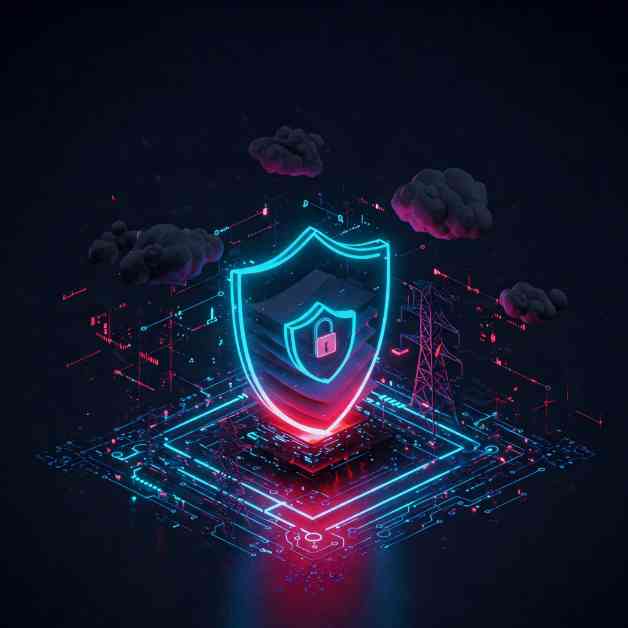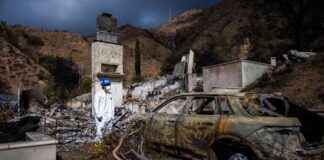The world energy landscape is going through some major changes, dude. The old-school power grid is getting a makeover and transforming into a super cool smart grid—basically a computerized network that can balance out the supply and demand of energy in real-time, bring together renewable resources, and empower consumers. But here’s the kicker: the smarter the grid gets, the more susceptible it becomes to cyberattacks. In a world that relies more and more on digital connections, smart grids are a mix of good and bad. While energy companies are rushing to adopt all this high-tech stuff, cyber experts are sharpening their skills, finding weaknesses that never existed in the old days. And the risks? Think blackouts, damaged equipment, threats to national security, and a total breakdown of trust from the public.
The Rising Threat of Cybersecurity in Smart Grids
So, let’s dive deep into the growing cybersecurity threats that are lurking around smart grids today, man. We’ll talk about what needs to be done to protect the super important infrastructure that keeps our lights on and our gadgets charged.
Smart Grids: The Brainpower Behind New Energy
A smart grid isn’t just a fancy power cable—it’s like a whole ecosystem driven by data, bro. It connects energy producers, suppliers, storage systems, and consumers as part of a super smart network of meters, sensors, IoT devices, communication systems, and intelligent analytics. This setup allows for real-time monitoring and control of energy flows, integrates renewable energy sources like solar and electric vehicles, improves outage detection and response, and even involves consumers in demand response programs. But with all this fancy interconnectivity comes new ways for cyber attackers to sneak in. Any device hooked up to the network could be a potential entry point for a cyber assault, dude.
The Ever-Growing Cyber Threat Environment
Smart grids are like prime targets for cyber crooks, nation-state bad actors, and hacker activists, man. Some recent incidents show just how serious the threat is, bro. For example, back in 2015, Ukraine’s power distribution companies got hit by a coordinated cyber attack that left over 230,000 customers without power. The attackers used sneaky tactics like spear phishing, malware, and remote access tools to take control of key substations. It was the first reported cyber attack that actually took down a power grid, showing how vulnerable critical infrastructure can be. And then in 2025, Spain suffered a massive blackout where 15 gigawatts of electricity vanished from the grid in just five seconds. Investigators are checking if cybersecurity attacks on small-scale renewable energy sources played a role in the blackout, highlighting the dangers of weak security on a distributed energy grid.
(Continued…)














